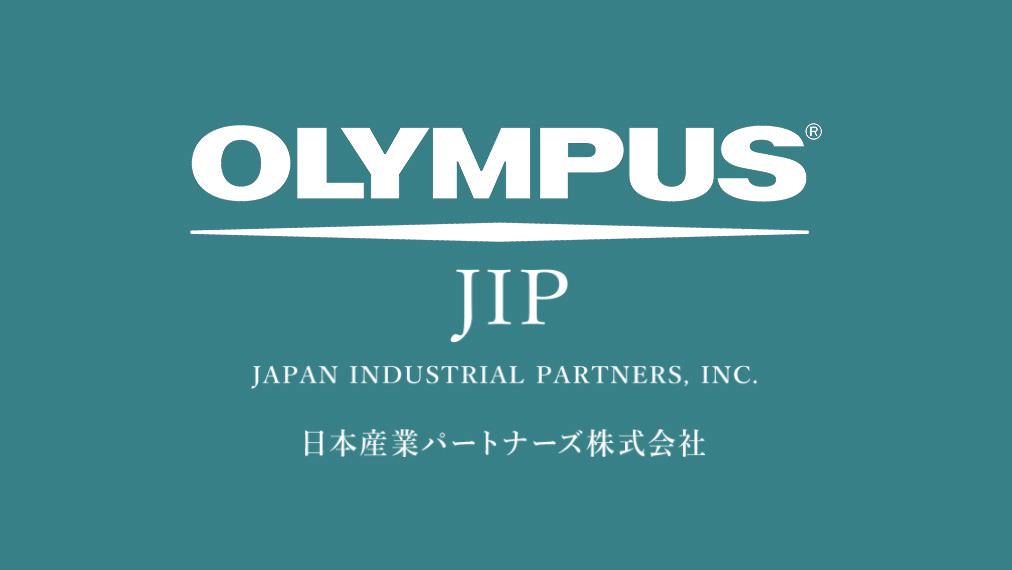Aki Murata on the Transition from Olympus to OMDS
In their interviews with senior executives across the consumer digital imaging industry, DPReview meets (virtually) with Aki Murata, Chief Operating Officer of OM Digital Solutions (OMDS). In a wide-ranging interview, Mr. Murata updated us on the transition from Olympus to OMDS, the future of the Olympus brand, and why he believes that Four Thirds still has advantages over other sensor formats.
Here are some of the most interesting news:
About the future of the Tough compact range: “If they were just waterproof cameras, I don’t think there would necessarily be a market for them. There are already waterproof smartphones, so what would be the difference? But as I said, we developed the Tough cameras to cater to certain types of users, with specific needs. And as long as we continue to develop upon that, there is always a market there.”
On resolution limit in the 4/3 sensor format: “The Micro Four Thirds system is not limited to 20 Megapixels. Our Pro lenses have excellent resolution and performance, enough to work well even with a 100 Megapixel sensor. However, the increasing number of megapixels significantly impacts processing speeds and high ISO image quality. There is also a risk of function and feature limitations. Therefore, we carefully consider the best balance of resolution, image quality, performance, and price, always with the best interests of the customer in mind.”
What is the company video strategy in general: “Still imagery is very important for us, but we’re not disregarding video. I can’t give you any specifics about the development of future video technologies but I believe that while it’s embraced by a lot of users, there are still some barriers to high-quality video recording with interchangeable lens cameras.
I’d like to address those barriers. One of them is image stabilization. Many casual video shooters don’t have gimbals, for example, and they need an all-in-one system package that allows them to shoot high-quality video straight out of the box. That’s something we’d really want to achieve, and that’s a bit different to some other manufacturers. For example Panasonic, they have very good video-specific products, but we really want to create that all-in-one package. We believe that we can contribute to improving video capture by offering a portable system with strong image stabilization and a video-dedicated AF system. For more advanced users we’d like to provide solutions to improve workflow, such as our recent announcement of Apple ProRes Raw recording compatibility with the Atomos Ninja.”
On computational photography features: “We just talked about the handheld high res shot mode, which allows users to take pictures in higher resolution with less noise, without a tripod. During our customer research, we found that many of our E-M1 Mark III users were interested in that camera specifically because of these features. New users, coming into our system because of those features. We believe that people are beginning to understand the value of Micro Four Thirds cameras for their ability to deliver similar image quality to larger sensors, but in a smaller, lighter system. We’re constantly looking for new areas where we can combine our hardware with computational technologies and I really believe that we can show further development in the near future.”
You can read the full interview on DPReview’s website.


